Choosing the right sheets is not only about how they look but also how they feel against your skin and the impact they have on the quality of your sleep. So, what should you look for? In this guide, we'll explore different types of sheets to help you find the best ones for your needs.
7 Bed Sheet Materials
Selecting the right bed sheet material is key to enhancing your comfort and sleep quality. Each fabric offers unique characteristics in terms of breathability, texture, and durability. Here's a look at some of the most popular bed sheet materials to guide your choice.
Related read: How to wash white bed sheets.
Cotton Bed Sheets
Cotton sheets are bedding products made from cotton fibers, a natural material known for its softness, breathability, and durability. Cotton sheets are versatile, easy to care for, and suitable for all seasons, making them a must-have in many homes. However, different types of cotton offer varying levels of comfort and longevity:
Egyptian Cotton: Egyptian cotton is considered the finest quality cotton and is highly regarded for its long fibers.
Pima Cotton: Pima cotton is a strong competitor to Egyptian cotton, with long fibers and a soft and durable fabric.
Xinjiang Cotton: Cotton from the Xinjiang region of China is known for its long fibers and high quality, making it suitable for making high-end textiles.
Bamboo Bed Sheets
Bamboo bed sheets are made from bamboo fibers, which come from the pulp of the bamboo plant. These fibers are either spun into threads and woven into fabrics, or processed into rayon, a semi-synthetic fiber that also comes from natural cellulose. The sheets made from this are known for their softness, durability, and environmental friendliness.
Benefits of Bamboo Sheets
- Renewable: Bamboo is a highly renewable resource that grows quickly and requires no chemical fertilizers or pesticides.
- Low environmental impact: Bamboo is generally grown with a smaller ecological footprint than other materials.
- Moisture-wicking properties: Bamboo fibers are naturally breathable and have excellent moisture-wicking properties, which help regulate body temperature.
- Comfortable: The fabric feels cool to the touch, providing a refreshing sleeping experience, especially in warm climates.
- Hypoallergenic: Bamboo sheets are naturally hypoallergenic, making them a great choice for people with sensitive skin or allergies.
- Gentle on the skin: Bamboo fabric has a smooth texture that reduces friction against the skin, which is beneficial for people with skin conditions such as eczema.

Disadvantages of Bamboo Sheets
- Higher Price: Bamboo sheets tend to be more expensive than traditional cotton sheets because of the processing required to turn the bamboo into a usable textile.
- Care Requirements: Bamboo sheets generally require more delicate care than other materials.
- Processing Issues: While bamboo itself is environmentally friendly, the conversion to rayon can involve the use of harmful chemicals unless it is done through a closed-loop process that recycles these substances.
Lyocell
Lyocell is a type of cellulose fiber made from wood pulp, typically sourced from eucalyptus, beech, or birch trees. It is produced using a closed-loop process that recycles almost all of the chemicals and water used during manufacturing, making it an environmentally friendly alternative to other fabrics.
Related read: Organic cotton Vs bamboo vs lyocell.
Advantages
- Eco-Friendly: Lyocell is produced using a sustainable process with minimal environmental impact.
- Softness: The fabric is exceptionally soft and smooth, often compared to silk or cotton.
- Moisture-Wicking: Lyocell naturally absorbs moisture, keeping you dry and comfortable.
- Hypoallergenic: It’s suitable for sensitive skin, as it resists bacterial growth.
Disadvantages
- Cost: Lyocell tends to be more expensive than other fabrics due to its production process.
- Care Requirements: It may require delicate care, such as gentle washing and avoiding high heat.

Polyester
Polyester is a synthetic fiber derived from petroleum-based products. It is one of the most widely used fibers in the textile industry due to its versatility, durability, and low cost.
Advantages:
- Durability: Polyester is highly resistant to shrinking, stretching, and wrinkling, making it extremely durable.
- Cost-Effective: It’s generally less expensive to produce and purchase than natural fibers.
- Quick-Drying: Polyester dries quickly, which is ideal for activewear and bedding.
Disadvantages:
- Breathability: Polyester is less breathable than natural fibers, which can lead to discomfort in warm weather.
- Environmental Impact: Being petroleum-based, it has a higher environmental impact compared to natural fibers and can contribute to microplastic pollution.
Linen Bed Sheets
Linen bed sheets are made from the fibers of the flax plant. Known for their durability and unique texture, linen sheets have been a staple in households for centuries due to their ability to keep sleepers cool and comfortable.
Advantages:
- Breathability: Linen naturally allows air to circulate, making it ideal for hot sleepers. It wicks away moisture, keeping you cool on warm nights.
- Durability: Linen is incredibly strong and gets softer with each wash, making it a long-lasting investment.
- Unique Texture: Linen’s slightly rough texture adds a rustic charm and creates an earthy, natural vibe in your bedroom.
Disadvantages:
- Cost: Linen tends to be more expensive than other materials due to the labor-intensive process of cultivating and processing flax.
- Wrinkling: Linen is prone to wrinkles, which can be a drawback for those who prefer a smoother look.
Microfiber Bed Sheets
Microfiber bed sheets are made from finely woven synthetic fibers, typically polyester or nylon. These sheets are known for their softness, affordability, and ease of care, making them popular among budget-conscious buyers.
Advantages:
- Affordability: Microfiber sheets are generally more affordable than natural fibers like cotton or linen, providing great value for their cost.
- Softness: The finely woven fibers create a super-soft finish that feels luxurious without the high price tag.
- Easy Maintenance: Microfiber sheets resist wrinkles and stains, making them low-maintenance and easy to care for.
Disadvantages:
- Breathability: Microfiber can trap heat, making it less breathable and potentially uncomfortable for hot sleepers.
- Static and Pilling: Over time, microfiber can develop static electricity and is prone to pilling with repeated use and washing.
Silk Bed Sheets
Silk bed sheets are crafted from natural silk fibers produced by silkworms. Known for their luxurious feel and smooth texture, silk sheets are often considered the epitome of luxury in bedding.
Advantages:
- Luxurious Feel: Silk sheets are incredibly smooth and soft, providing a luxurious sleeping experience.
- Temperature Regulation: Silk naturally regulates temperature, keeping you cool in the summer and warm in the winter.
Disadvantages:
- Cost: Silk sheets are among the most expensive bedding options due to the labor-intensive process of producing silk.
- Care Requirements: Silk requires special care, including gentle washing and air-drying, to maintain its quality and longevity.
- Durability: While silk is strong, it is more delicate compared to other materials and can be prone to tearing if not handled carefully.
These descriptions provide a comprehensive overview of each material, helping you make an informed decision based on their distinct qualities and care needs.

Thread Count Explained
When shopping for bed sheets, you've probably noticed numbers like "300-thread count" or "800-thread count" on the packaging. But what do these numbers mean, and how do they affect comfort and quality? Thread count simply refers to the number of threads woven into one square inch of fabric. You might think a higher thread count automatically means better sheets, but that's not always the case.
High-thread count sheets
High-thread count sheets are expensive, and in some cases, that's true. More threads mean a stronger fabric, which makes the product more durable. High-thread count sheets tend to be smoother and softer, giving them a velvety feel against your skin.
However the higher the thread count, the less air circulation there is, which can make your sheets less breathable.
Low-thread count sheets
On the other hand, lower thread counts allow for better air circulation, keeping your sheets cool and comfortable. These sheets tend to be lighter, which can add to the feeling of freshness and ease. They're also generally more affordable, making them a good choice if you're on a budget.
|
Material |
Best Thread Count |
|
Bamboo |
250-350 |
|
Cotton |
400-600 |
|
Linen |
80-150 |
|
Percale |
250-300 |
|
Sateen |
300-600 |
Are 1000 Thread Count Sheets Worth It?
No, sheets with a 1000 thread count or higher are generally not worth it. In most cases, such high thread counts are achieved through marketing gimmicks rather than genuine quality improvements. When the thread count exceeds 600, it often means that multiple, thinner threads are twisted together to artificially inflate the count, which can actually compromise the sheet's quality and durability. Sheets with a more reasonable thread count, typically between 300 and 600, are usually softer, more durable, and provide a better sleeping experience.
Is a 200 Thread Count Okay for Sheets?
Yes, a 200 thread count is considered the baseline for good quality sheets, especially for cotton. Sheets with a 200 thread count offer a balance of comfort and durability, making them a solid choice for everyday use. Higher thread counts, ranging from 300 to 500, are common for premium materials like Egyptian cotton, sateen, and bamboo, offering enhanced softness and longevity. However, anything above 600 thread count may not necessarily indicate better quality and could be a result of misleading marketing.
Standard Bed Sheets Sizes
When it comes to bed sheets, there are some standard sizes to consider. Whether you sleep solo or have a bigger bed to share, getting the right sheet size is key. Here's a quick look:
- Twin: Ideal for kids or single sleepers. Measures about 38 x 75 inches.
- Full: Also known as double, it's great for single sleepers who want extra room. Generally measures 54 x 75 inches.
- Queen: The most popular choice for couples, measuring 60 x 80 inches.
- King: Provides plenty of space for sprawling, measuring 76 x 80 inches.
- California King: Perfect if you need extra length, measuring 72 x 84 inches.
Each size fits snugly over its corresponding mattress, ensuring a smooth and comfortable surface.
If your mattress is taller than 14 inches, a deep pocket sheet is a solution to the problem of sheets popping out of the corners or feeling too tight.
Conclusion
Additionally, your lifestyle plays a big role in deciding which sheets are best for you. Ask yourself: How often are you willing to wash your sheets? If you want a low-maintenance option, wrinkle-resistant fabrics or blends may be ideal.
If you have allergies, choose hypoallergenic materials to prevent sneezing.
So, next time you're looking for new sheets, keep these tips in mind. Your perfect sleep is just one set of sheets away. Buy your new sheets from Souver, where we specialize in quality bedding.

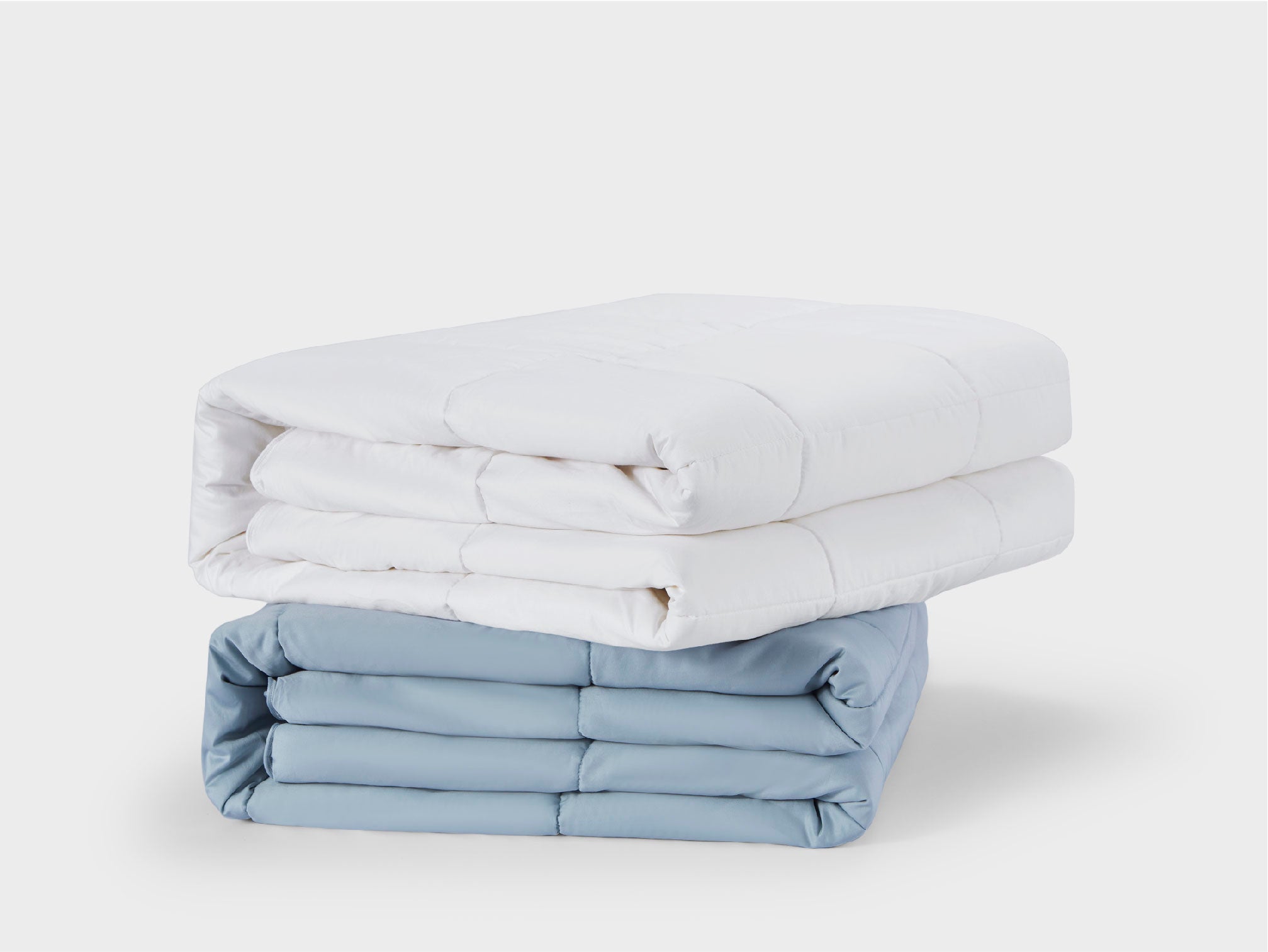
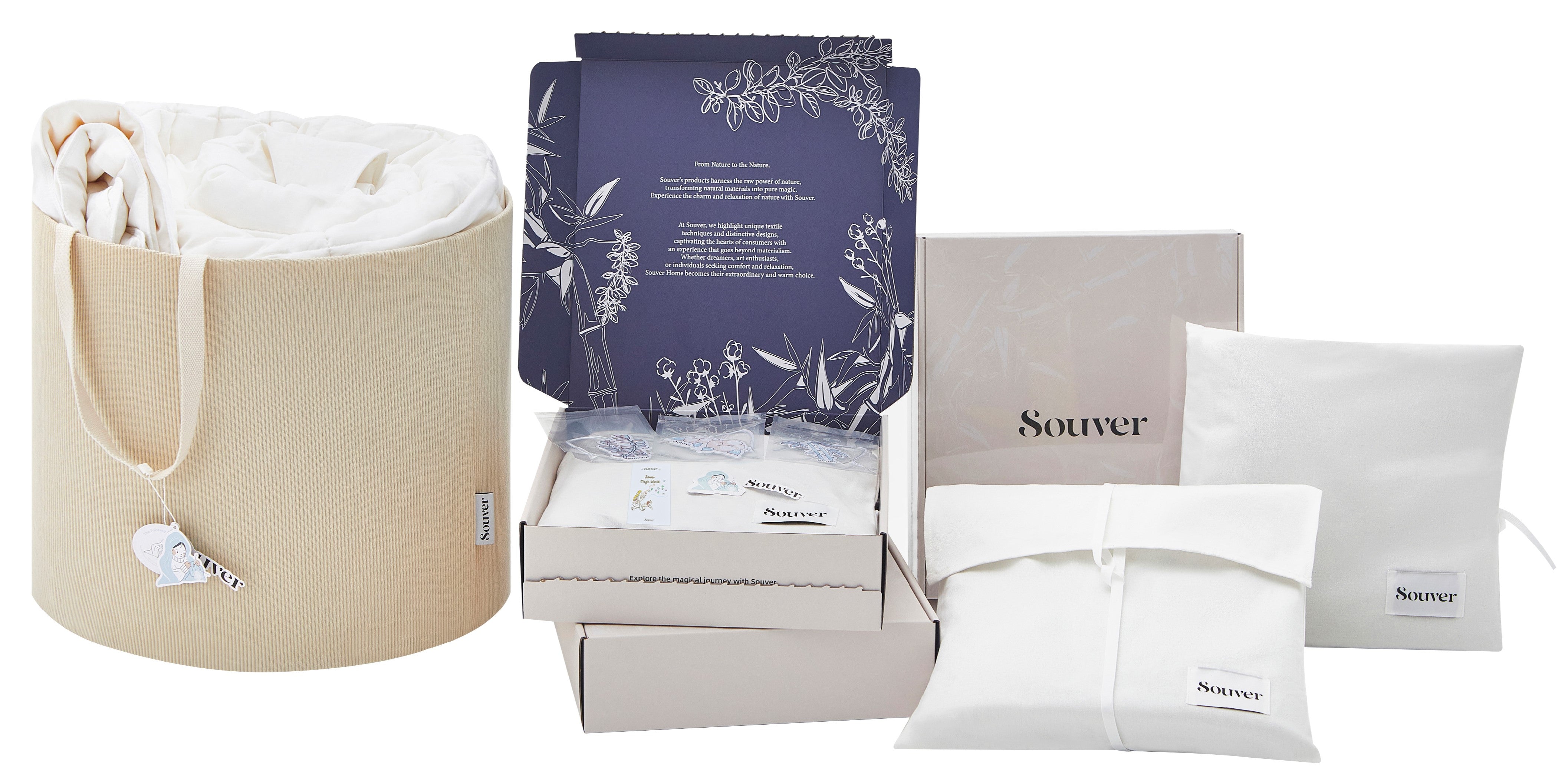
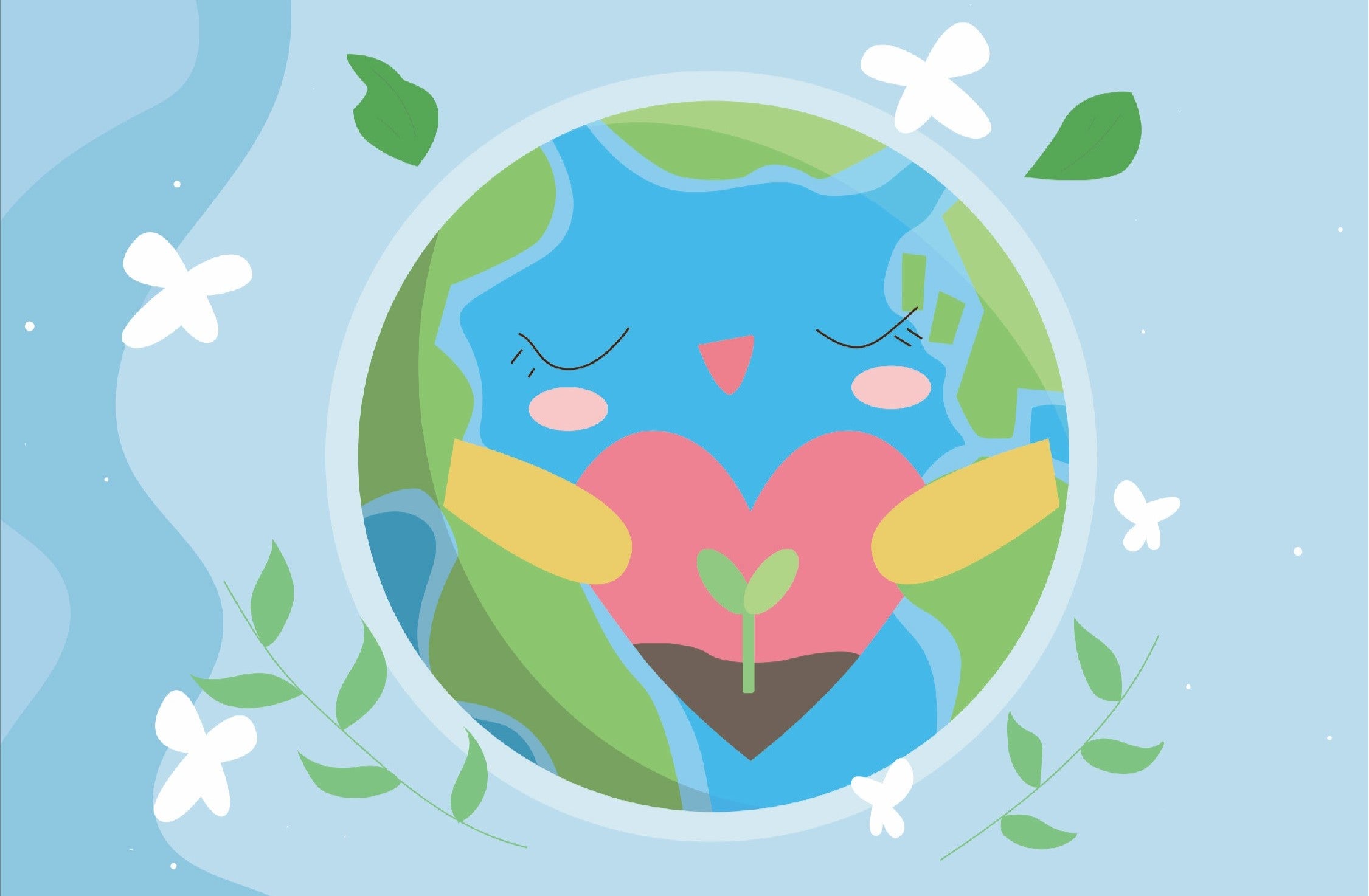


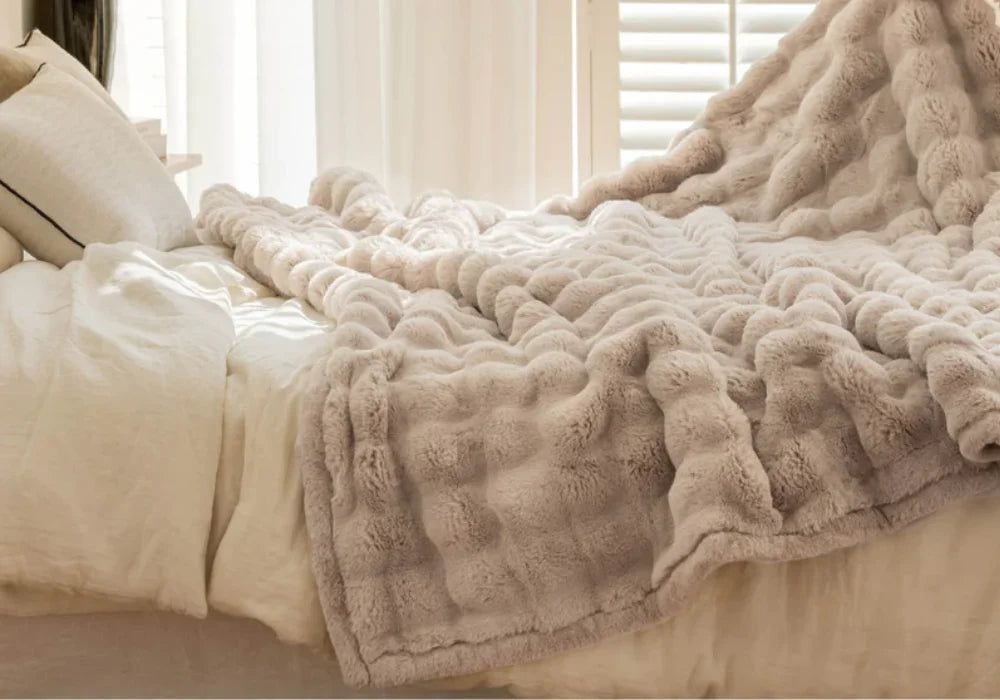
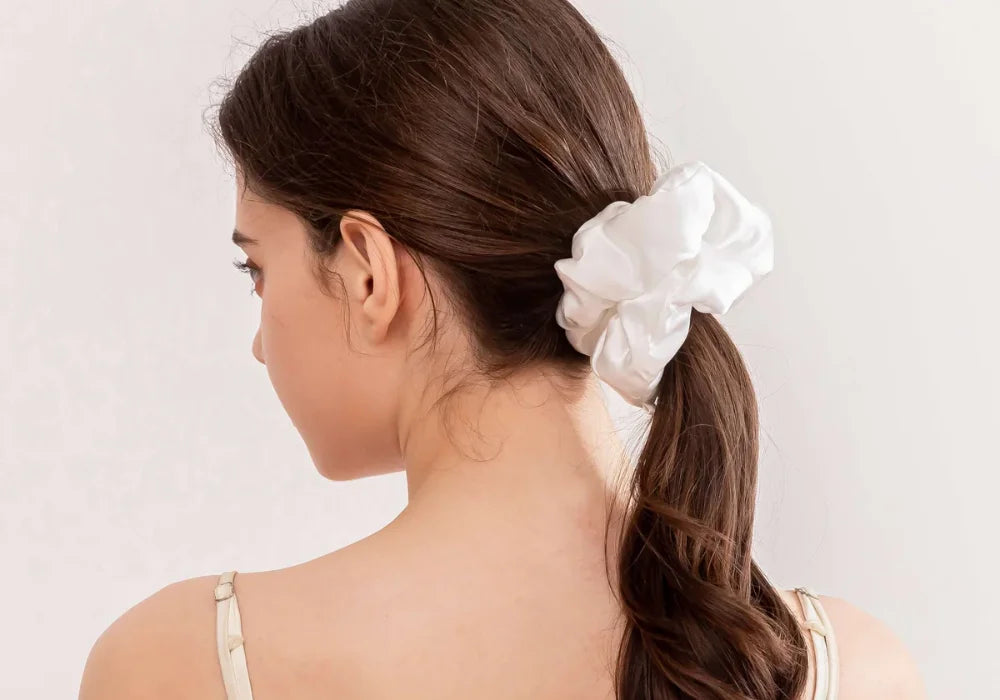
Leave a comment
This site is protected by hCaptcha and the hCaptcha Privacy Policy and Terms of Service apply.